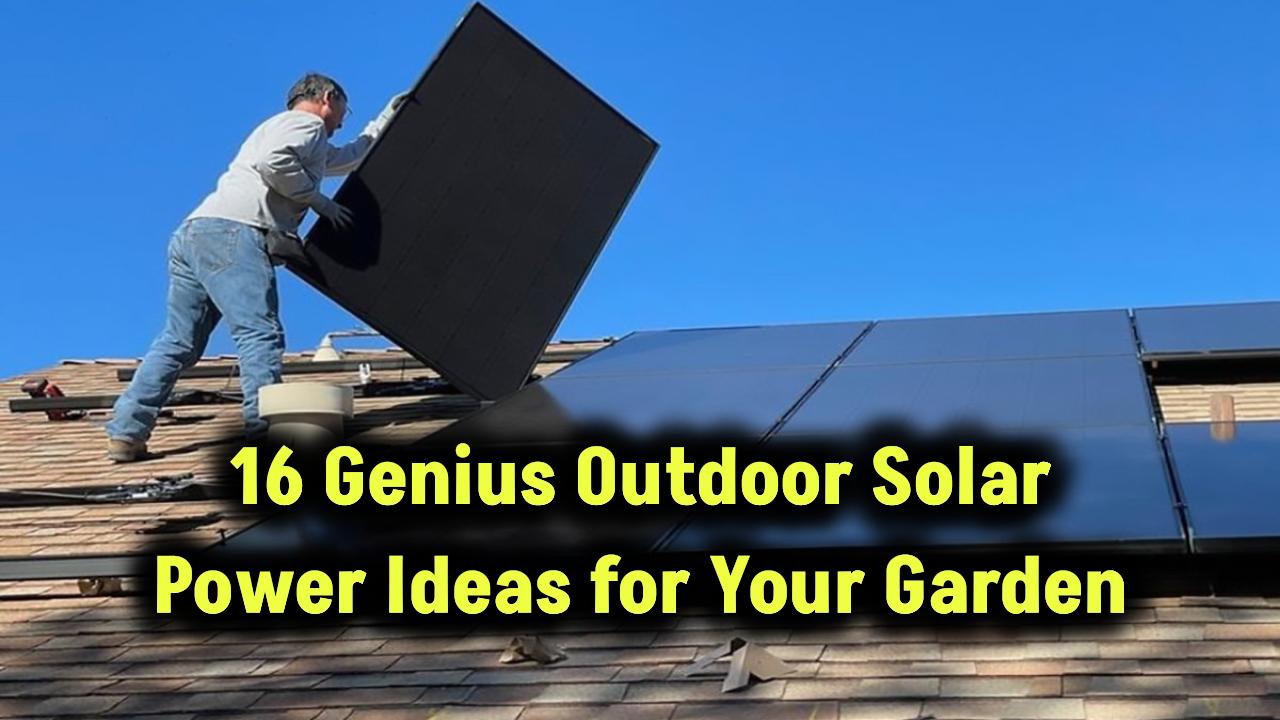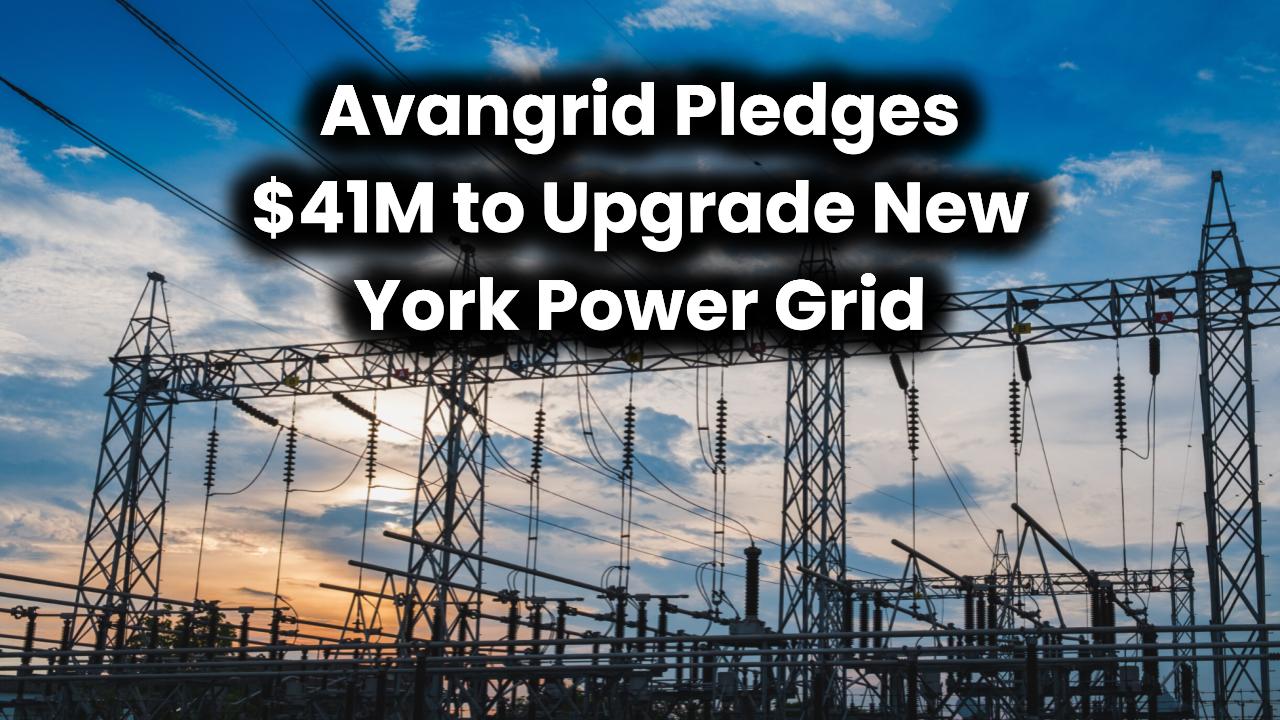
If you’ve been wondering, can I really get free solar panels in the USA?—the answer in 2025 is: yes, under the right circumstances. While the term “free” often comes with strings attached, a range of government solar incentives, grants, and tax credits now make it entirely possible to install solar panels at zero or minimal upfront cost.
Thanks to landmark legislation like the Inflation Reduction Act, federal and state governments are heavily subsidizing clean energy to make solar more accessible for everyone—from low-income families to small business owners in rural areas.
Also Check: UK Solar Panel Finance 2025: These Funding Options in May Could Save You Thousands
What “Free Solar Panels” Really Means in 2025
You’ve likely come across online ads or door-to-door pitches claiming you can get solar panels “for free.” Most of these offers are not government grants, but Power Purchase Agreements (PPAs) or leases. In those models:
- A solar company installs the system at no cost.
- You don’t own the system—they do.
- You pay monthly to use the solar energy they produce.
While PPAs can reduce your electric bill, they don’t qualify for tax credits, rebates, or increase your home value. The real savings and long-term benefits come when you own your solar system outright—especially with federal and state support available now.
Federal Solar Panel Incentives You Shouldn’t Miss
Residential Clean Energy Credit (Formerly ITC)
- 30% federal tax credit on system cost (equipment + labor)
- Valid through 2032, phasing down afterward
- Can be carried forward if unused in a single tax year
A $20,000 solar system = $6,000 in tax savings. But you must own the system to claim this.
Rebates Under the Inflation Reduction Act (IRA)
The IRA provides rebates worth up to $14,000 for households installing energy-efficient upgrades, including:
- Solar panels
- Electrical panel updates
- Home wiring improvements
- Battery storage
Most rebates will be upfront and income-based, making it easier for low- and moderate-income homeowners to afford solar.
Low-Income & Community-Based Solar Programs
Solar for All (EPA Program)
Backed by a $7 billion fund, the EPA’s Solar for All program targets over 900,000 low-income homes. These funds are funneled to states and nonprofits who then offer:
- No-cost solar installations
- Community solar subscriptions
- Energy bill savings
DAC-SASH in California
For Californians in disadvantaged communities:
- Free solar through Disadvantaged Communities Single-family Solar Homes (DAC-SASH)
- Income eligibility and address verification required
- Administered by GRID Alternatives
State-Specific Solar Incentives
New York – NY-Sun
- Rebates for solar installations
- Extra incentives for low-income residents
- Community solar participation
Colorado
- Rebates and grants via Energy Office
- Support for tribal and rural communities
Community Solar for Renters
Renting? You’re not left out. Community solar allows you to:
- Subscribe to off-site solar farms
- Receive credits on your electric bill
- Avoid upfront costs or rooftop installation
Platforms like Arcadia and Community Solar Marketplace can help renters and condo dwellers go solar.
Solar + Battery Storage
With power outages and grid instability on the rise, many homeowners are now installing battery storage alongside solar panels.
Good news: The 30% tax credit also applies to battery systems, even if added later.
Popular systems like Tesla Powerwall, Enphase IQ, and LG Chem are eligible.
Also Check: Get Paid to Go Solar? Here’s What the US Government Is Offering in Solar Panel Incentives
What’s the ROI on Solar Panels in 2025?
| Factor | Estimate |
|---|---|
| Average System Size | 6–10 kW |
| Cost After Incentives | $10,000–$14,000 |
| Monthly Savings | $80–$120 on electricity |
| Payback Period | 6–9 years |
| Warranty Duration | 25–30 years (panels), 10–15 years (inverter) |
In 20 years, many homeowners save $20,000–$30,000 or more, depending on local rates.
How to Spot a Solar Scam
Watch out for:
- Pushy salespeople offering “free” panels with little explanation
- No mention of tax credits or program names
- No written quote or contract
- Upfront fees for applying to “government grants”
How to Apply for Solar Grants and Tax Credits
Step 1: Visit DSIREUSA.org
Use your ZIP code to find all federal, state, and utility-based incentives in one place.
Step 2: Get Quotes from Verified Installers
Use trusted solar marketplaces to compare:
- Prices
- System size recommendations
- Ownership options (buy vs lease)
Step 3: Confirm Eligibility and Submit Paperwork
Apply for:
- Federal tax credit via IRS Form 5695
- State rebates via local utility or program websites
- Solar for All or DAC-SASH through official portals
FAQs
Q1. Is solar really free with these programs?
Not always, but if you qualify for low-income grants, the cost can be nearly zero. Otherwise, federal and state programs significantly reduce it.
Q2. What if I can’t use the tax credit due to low income?
You can carry it forward for future tax years. Some states also offer direct rebates.
Q3. Are solar panels worth it if I plan to move?
Yes. Solar increases property value and helps homes sell faster.
Q4. Can I add panels later and still claim incentives?
Yes, if the additions are new and not upgrades to previously claimed systems.
Q5. What’s the difference between buying and leasing solar?
Buying offers tax credits, equity, and better savings. Leasing involves monthly payments but little to no upfront cost.
Also Check: Europe’s Solar Power Surge: Adding 70 GW Capacity in 2025








